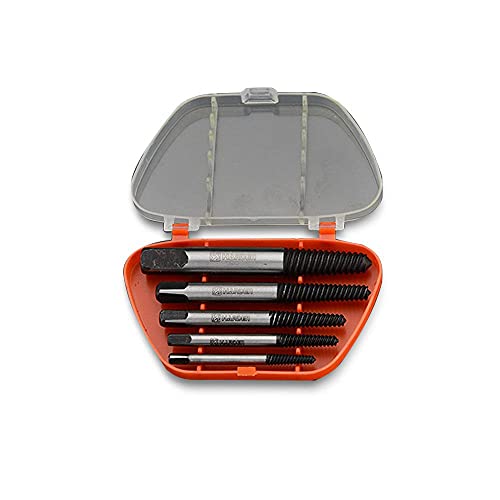This weekend I tried an experiment with precipitating gold in a couple different ways. I have easy access to SMB, but was looking for a second way to more selectivity isolate the gold and get better purity. So, in my searching I found a couple different methods. I think the obvious one that comes to mind is oxalic acid precipitation. But after looking around a bit longer I decided on trying three different approaches... one of which i think was very interesting because there is not much info out there on the method. I will do my best to describe the conditions of each experiment
Standard Oxalic Acid precipitation (heating both solutions to near boiling and then mixing together)
starting conditions: once refined gold dissolved in HCl/bleach
method: auric chloride was produced, diluted, filtered. It was then heating on a hot plate until bubbles started to form in solution. A separate solution of oxalic acid was produced (using 1.5ounce of acid crystals to 1ounc AU ratio). The ph of this solution was adjusted to 6 using sodium hydroxide. This solution was then heated to near boiling as well.
observations: upon adding the heated solutions together (AND SLOWLY) there was a lot of fizzing but no change to the solution. no gold was precipitating. I then prepared a sodium hydroxide solution by adding crystals to water (careful, this solution becomes hot). I added this to the hot auric chloride solution (VERY SLOWLY AS THE REACTION BETWEEN THE TWO IS VERY VIGOROUS!!!) until a reaction took place. It took a while, but when the gold finally started to precipitate, it did so very rapidly... i was rather amazed
 results:
results: happy!

actually, the gold powder that precipitated was the lightest tan I have seen so far. After washing the powder, the gold was melted and the button had no visible signs of tarnishing at all... definitely the purist gold I have produced so far. as an interesting side note, when the gold was molten, i noticed the mythical green hue that i have read about but never witnessed before
 Oxalic Acid precipitation in conjunction with SMB
starting conditions:
Oxalic Acid precipitation in conjunction with SMB
starting conditions: once refined gold dissolved in HCl/bleach
method: after the auric chloride and oxalic acid solution was added in the above step, I set aside about 500 mL to precipitate with this method. No other ph adjustment was used, I simply added the standard ratio of SMB to the whole solution (1 to 1 by weight).
observations: precipitation was immediate. another observation was that the left over liquid was the clearest i have ever seen it... no hint of any color what-so-ever. also, the powder formed was the same tan color as the traditional oxalic acid drop. all rinses of the resulting powder were crystal clear as well.
results: happy again!

The gold powder was indistinguishable from traditional oxalic drop. so was the gold button produced....and the green hue during melting was present once again.
Precipitation with Hydrogen Peroxide
this was the most interesting in my opinion, and the one I was really looking forward to trying. I found the reaction on Wikipedia but almost no information on anyone actually doing it. here is the equation:
(2)AuCl4[-] + (3)H2O2 + (6)OH[-] --> (2)Au + (8)Cl[-] + (6)H2O + (3)O2
so, here is what i did:
starting conditions: unrefined gold (clean foils, black powder)dissolved in HCl/bleach
method: auric chloride was produced, diluted, and filtered. To this, I added the same volume of 3% H2O2. (i would be cautious about using strong h2o2). to this, i added sodium hydroxide in flake form. This was continued until the solution dropped the gold.
observations: when the flakes were added, they would turn black immediately from a reaction taking place. as more was added, the solution would turn dark brown and gold would precipitate, but get dissolved back into solution. after continuing to add the sodium hydroxide, the solution eventually gave up the gold without putting it back into solution. the solution too a while to settle, probably due to how dilute it was.
results: so-so. while the gold did precipitate, it ended up dark brown. (i can post pics if anyone is interested) This gold would have to be refined probably a couple times to get it as pure as the other methods. To me it seems as if SMB is much more selective as to what is reduced in the auric chloride solution. because of this and the fact that SMB is relatively cheap, I don't see any advantage to using peroxide over SMB. One plus I did observe was there was no nasty odors from this precipitation method...but this was still done under a hood.

Just thought i would share with you guys... if you have any questions about the peroxide drop, please ask away and i will do my best to answer what i can

Mike













































